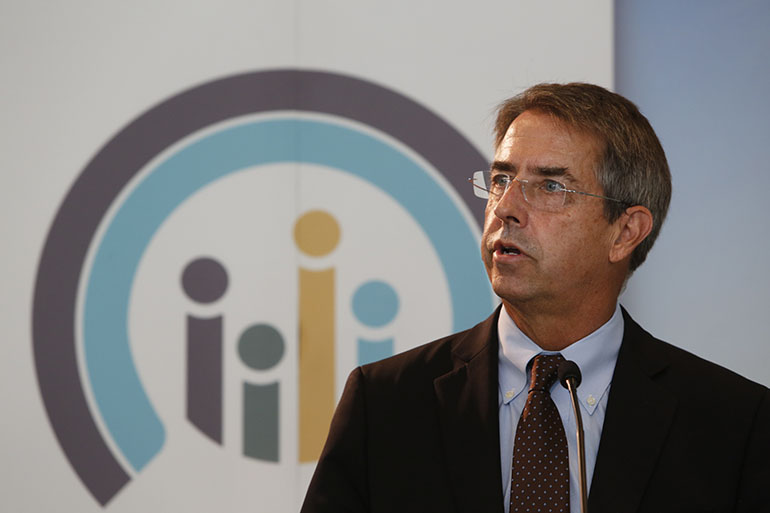Amid growing uncertainty over federal health care funding, Covered California is calling on health insurers to prepare for the worst.
The state health insurance exchange Wednesday instructed participating insurers to submit alternative premium hike proposals for 2018 in the event they lose federal payments for subsidies that reduce some consumers’ out-of-pocket medical expenses.
These so-called cost-sharing reductions are under challenge in a pending lawsuit by House Republicans, and President Donald Trump has threatened to stop making payments to health insurers to cover their cost.
If that happens, many experts say, Obamacare insurance markets would unravel and premiums would spike.
“The uncertainty around the cost-sharing subsidies has been increasing with every day as the federal government fails to take action,” said Charles Bacchi, president of the California Association of Health Plans, a trade group. “The instructions from Covered California are the first real public display of what’s been going on behind the scenes, which has been a lot of number crunching and a lot of disaster-scenario planning for health plans.”
The truth is this is complicated, and no one knows how it will play out. But in an ironic twist, experts believe the federal government could end up spending more money in the end to help many consumers afford the higher cost of coverage.
Cost-sharing subsidies reduce out-of-pocket expenses, such as copayments, coinsurance and deductibles. They’re only available to Covered California enrollees who choose silver-level plans — the second-least-expensive among the exchange’s four tiers — and earn between 139 percent and 250 percent of the federal poverty level. This year, that’s between about $34,200 and $61,500 for a family of four.
As of last summer, about half of Covered California enrollees — about 1.4 million people — benefited from cost-sharing reductions, said Amy Palmer, the exchange’s director of communications.
The subsidies are paid directly to insurers, who are obligated to pass them along to eligible consumers. They are separate from the federal Obamacare tax credits that reduce monthly premiums for qualified consumers. Far more consumers receive those premium credits.
Covered California directed health plans Wednesday to come up with proposed rate hikes to cover the potential loss of federal cost-sharing payments. The agency told them to apply the hikes only to silver-tier plans, because the cost-sharing subsidies are available only to people who buy silver plans.
A recent analysis commissioned by Covered California estimated that rates for silver plans would jump by 16.6 percent if federal funding for cost-sharing subsidies were lost. That is over and above any annual rate increases on the table, said Covered California’s executive director, Peter Lee.
He noted that the federal government could actually lose money if it stopped paying for the cost-sharing subsidies. That’s because as premiums increased to make up for the loss of the cost-sharing subsidies, federal tax credits would rise to offset those higher premiums.
In such a scenario, federal government spending on premium tax credits last year in California alone would have increased by $226 million more than the total savings generated by eliminating the cost-sharing payments, according to the Covered California analysis.
David Panush, a health policy consultant in Sacramento and former director of external affairs for Covered California, agreed that cutting the cost-sharing reduction payments seems “counterintuitive” because it would lead to higher costs for both the federal government and consumers.
“It seems ironic and hypocritical that the Trump administration might endorse a policy that costs more while at the same time destabilizes the market and harms consumers,” he said.
Lee emphasized that Covered California doesn’t want to implement these rate hikes but needs to be prepared.
“We want to tear it up tomorrow,” he said. But “Covered California is trying to give as much certainty as possible in a very uncertain world.”
The exchange is negotiating with plans over 2018 rates, Palmer said, and will announce the results in mid-July. But planning and negotiations have been complicated by a tumultuous health policy landscape that is clouding the future of the cost-sharing subsidies and the Affordable Care Act as a whole.
“Uncertainty is expensive for health plans and for consumers,” said Lee.
